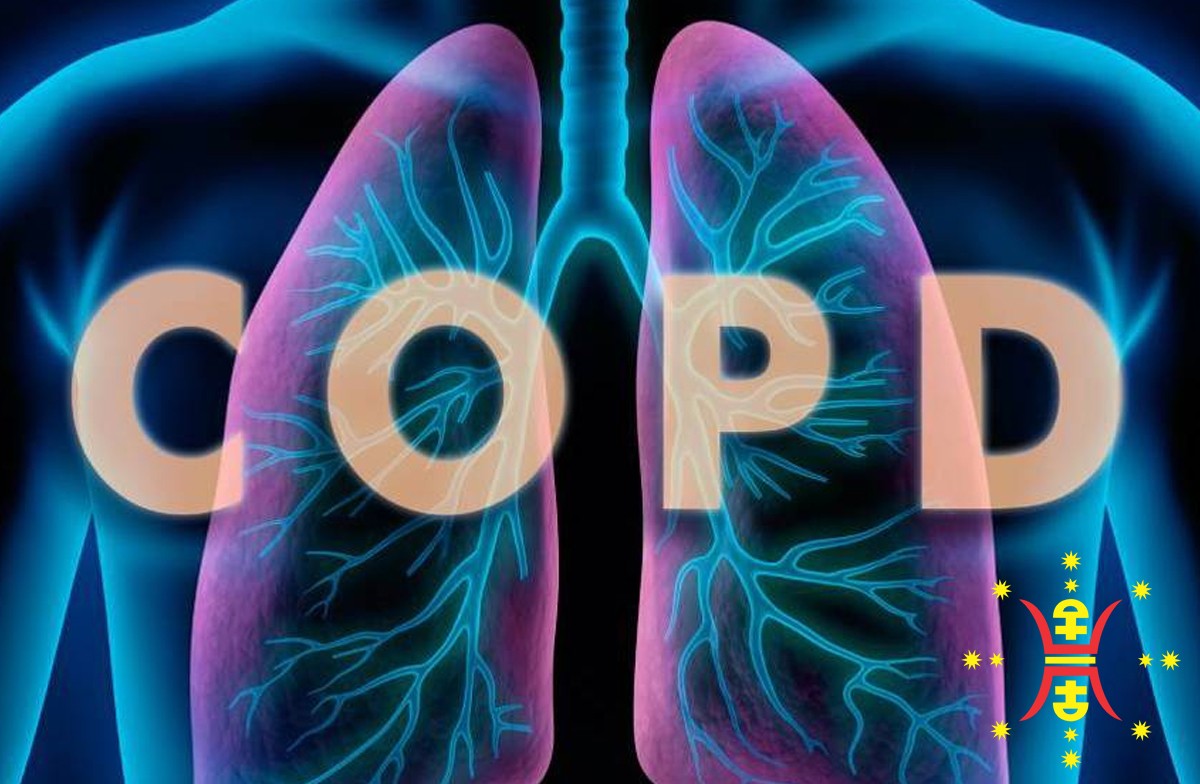Breathing Easy: Traditional Chinese Medicine Perspectives on COPD Management
In Traditional Chinese Medicine (TCM), Chronic Obstructive Pulmonary Disease (COPD) is often viewed as a condition of lung weakness and imbalance in the body's Qi (vital energy) and Blood circulation. TCM aims to address both the symptoms and underlying imbalances associated with COPD to improve respiratory function and overall well-being. Here's an overview:
- Definition in TCM:
- COPD is typically understood in TCM as a chronic condition characterized by lung Qi deficiency, phlegm-damp accumulation, and possibly other patterns of disharmony affecting the respiratory system.
- Causes:
- External Pathogenic Factors: TCM considers factors such as exposure to environmental pollutants, smoking, and respiratory infections as external influences that can weaken lung function and lead to COPD.
- Internal Imbalances: Chronic emotional stress, poor diet, and lifestyle habits can contribute to Qi and Blood stagnation, dampness, and phlegm accumulation, exacerbating COPD symptoms.
- Symptoms:
- TCM practitioners evaluate symptoms such as chronic cough, wheezing, shortness of breath, excessive phlegm production, fatigue, and susceptibility to respiratory infections. Tongue and pulse diagnosis are often utilized to identify specific patterns of disharmony.
- Patterns of Imbalance:
- Lung Qi Deficiency: Weakness in lung Qi may lead to symptoms such as chronic cough with clear or white phlegm, weak voice, and fatigue.
- Phlegm-Damp Accumulation: Excessive phlegm production and dampness in the lungs can cause symptoms like wheezing, chest congestion, and a feeling of heaviness.
- TCM Treatment:
- Acupuncture: Points related to the lungs, spleen, and kidney meridians may be stimulated to tonify lung Qi, resolve phlegm-dampness, and promote circulation.
- Herbal Medicine: TCM herbal formulas are often prescribed based on the specific pattern of imbalance. Herbs with properties to tonify the lungs, transform phlegm, and resolve dampness may be included.
- Diet and Lifestyle:
- Dietary recommendations may include avoiding foods that produce phlegm and dampness, such as dairy and greasy foods, and incorporating foods that support lung health, such as pears, radishes, and white wood ear mushrooms.
- Lifestyle adjustments may involve quitting smoking, practicing breathing exercises like Qi Gong or Tai Chi, and managing stress through meditation or relaxation techniques.
It's important to note that while TCM can provide supportive care for COPD symptoms, it should not replace conventional medical treatments prescribed by healthcare professionals. Patients with COPD should work with both TCM practitioners and conventional medical professionals to develop a comprehensive and integrative approach to managing their condition. Always consult with healthcare providers for personalized advice and treatment plans.
In Person With Heshoutang Natural Health Members
With Heshoutang Natural Health Online Members
Fill Out the Questionnaire by yourself
When you subscribe to the blog, we will send you an e-mail when there are new updates on the site so you wouldn't miss them.














Comments